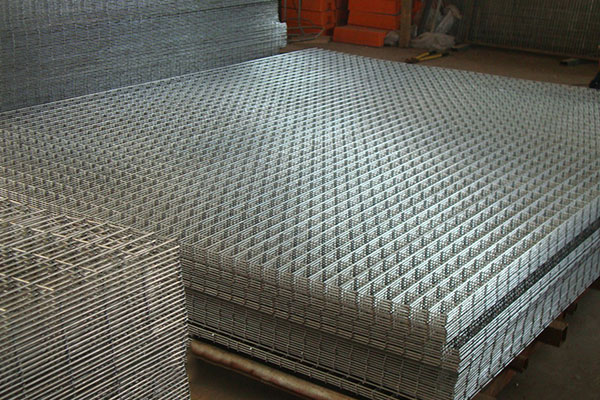Wire Mesh and Welded Wire Mesh: What’s the Difference?
In the realm of construction, agriculture, and industrial applications, wire mesh plays a pivotal role in providing strength, support, and security. However, when it comes to choosing the right type of wire mesh for a specific project, the decision often boils down to two main contenders: wire mesh and welded wire mesh. In this article, we will delve into the characteristics, uses, and key distinctions between these two essential building materials.

What is Wire Mesh?
Wire mesh, in its broadest sense, refers to a grid or network of intersecting metal wires. This versatile material is crafted through weaving, welding, or interlocking wires to form a sturdy, flexible structure. Wire mesh finds applications in fencing, screening, ventilation, and various industrial processes.
Key Features of Wire Mesh:
- Weaving Technique: Traditional wire mesh is typically created through a weaving process, where individual wires are interwoven in an over-and-under pattern. This method results in a flexible and adaptable mesh that can be easily cut or shaped to fit specific requirements.
- Material Variety: Wire mesh is available in an array of materials, including stainless steel, galvanized steel, aluminum, and copper. This diversity allows for customization based on factors like corrosion resistance, strength, and appearance.
- Applications: Wire mesh is widely used in agricultural fencing, garden structures, window screens, and as reinforcement in concrete. Its versatility and ease of installation make it a popular choice for various projects.

What is Welded Wire Mesh?
Welded wire mesh undergoes a different manufacturing process. In this method, the individual wires are electrically welded together at their intersections, creating a rigid and stable grid pattern. This welding process imparts unique characteristics to the mesh, making it suitable for specific applications.
Key Features of Welded Wire Mesh:
- Rigidity and Strength: Welded wire mesh is known for its structural integrity and strength. The welding process ensures a more secure connection between wires, making it ideal for applications where a higher level of stability is required.
- Uniformity: The welding process results in a more uniform mesh with precise openings. This uniformity is advantageous in applications such as concrete reinforcement, where consistent spacing is crucial for optimal performance.
- Common Uses: Welded wire mesh is commonly employed in construction for concrete reinforcement, as animal fencing, and in the creation of security enclosures. Its stability and durability make it suitable for heavy-duty applications.
Distinguishing Factors:
While both wire mesh and welded wire mesh serve similar purposes, the key differences lie in their manufacturing processes, structural characteristics, and applications. Wire mesh’s flexibility and adaptability make it suitable for various projects, whereas welded wire mesh excels in applications requiring strength and stability.
Conclusion:
Choosing between wire mesh and welded wire mesh depends on the specific requirements of your project. Whether you prioritize flexibility, uniformity, or sheer strength, understanding the distinctions between these two materials will empower you to make an informed decision. In the dynamic world of construction and industry, the right choice of wire mesh can make all the difference in ensuring the success and longevity of your endeavors.

